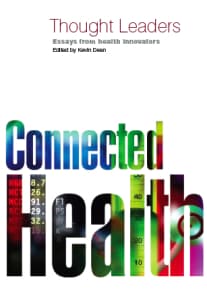
“Patient-centred care implies seamless healthcare delivery between different healthcare industry sectors. To ensure this, any patient-related data has to be available “just in time”.’
Essays provide a nice mix of policy and practicum and though this is a 120pg report, it can be read quite quickly.
There are certainly some lessons for the US tucked within these essays as several EU countries are farther along in rolling out HIT. That is not to say all is easy as they do struggle with many of the same issues as we do here. For example, the aforementioned German essay has an interesting Table on pg 68 comparing the Government’s HIT strategy, which puts control of medical records into the hands of the consumer, to that of independent healthcare providers who wish to maintain continuity of the record and apparently, control. This challenge is similar to what we face today in the US, particularly with the adven entrance of Google and Microsoft into the market. A common refrain from the provider community is:
If we give consumers control of their records, will we be able to trust the record at some future point of time? Will the record be truly representative of the consumer’s complete health record? What liabilities might I be subjected to if I make decisions based on the PHR?
Sean Nolan, Microsoft HealthVault’s chief architect (and certainly many others at HealthVault), struggle with this issue on nearly a daily basis and today, there are no easy answers.
In a couple of short weeks at the Connected for Health Symposium here in Boston, I’ll be moderating a panel that takes a good hard look at where we are today with the major personal health platforms (Dossia, Google & HealthVault) and WebMD on the panel. As the symposium audience is strongly represented by large providers, this is one issue that I’ll be looking to explore further with the panel.




0 Comments